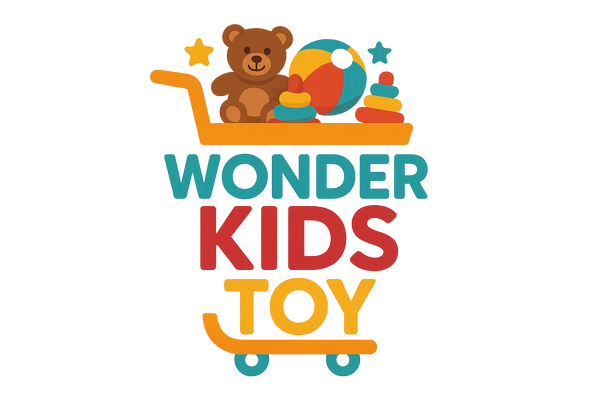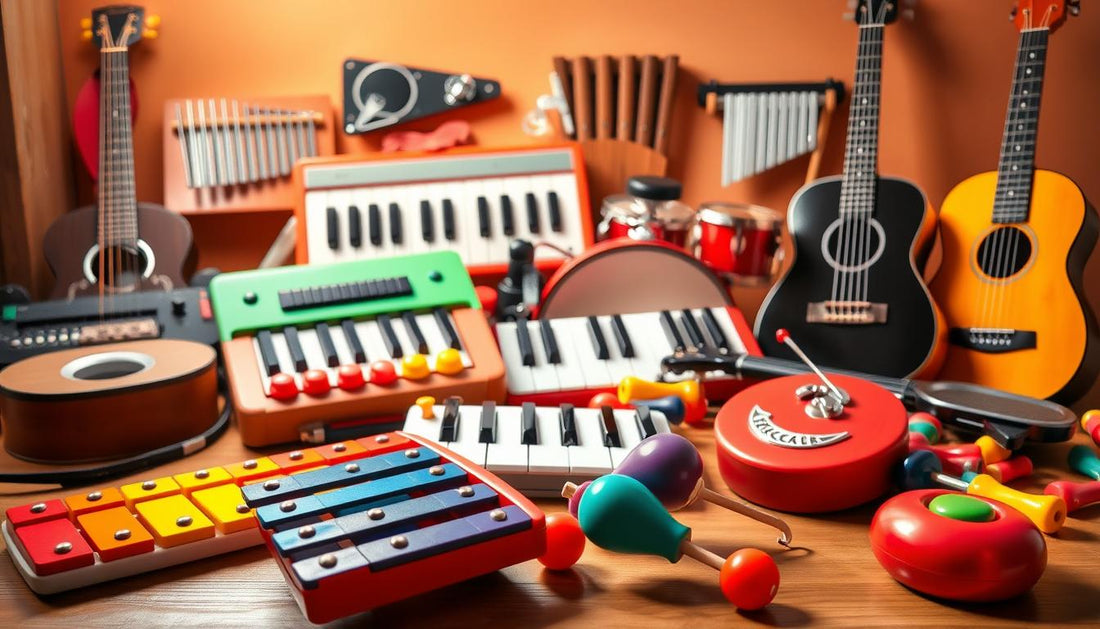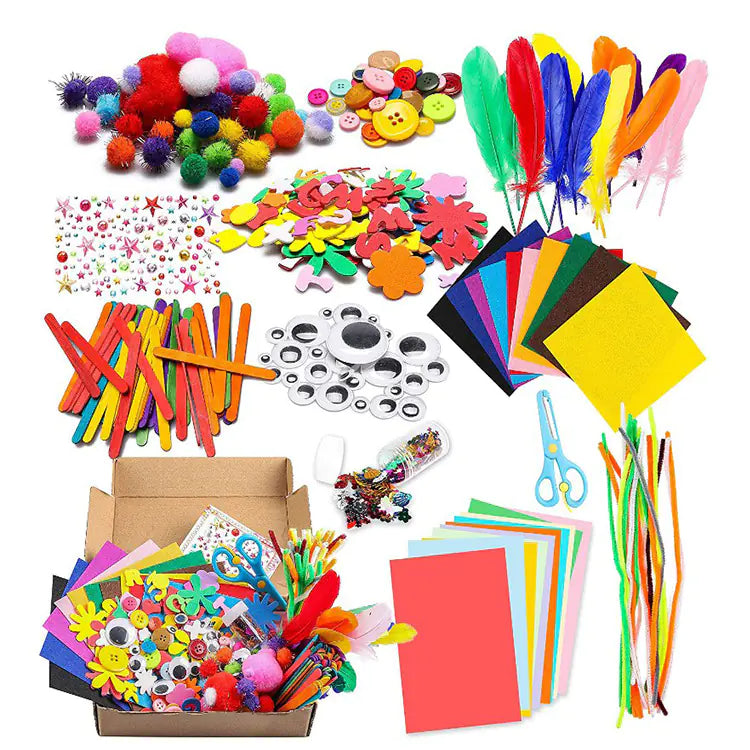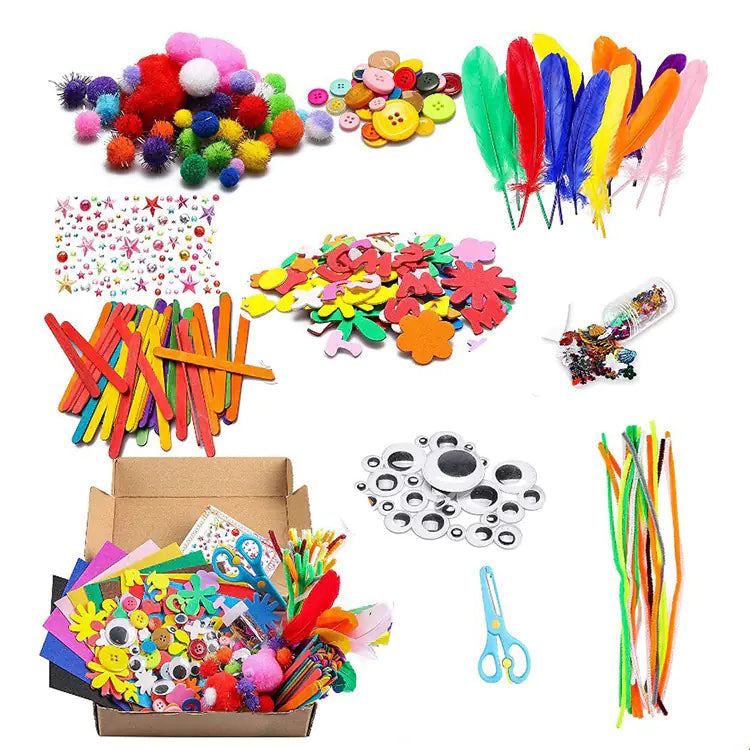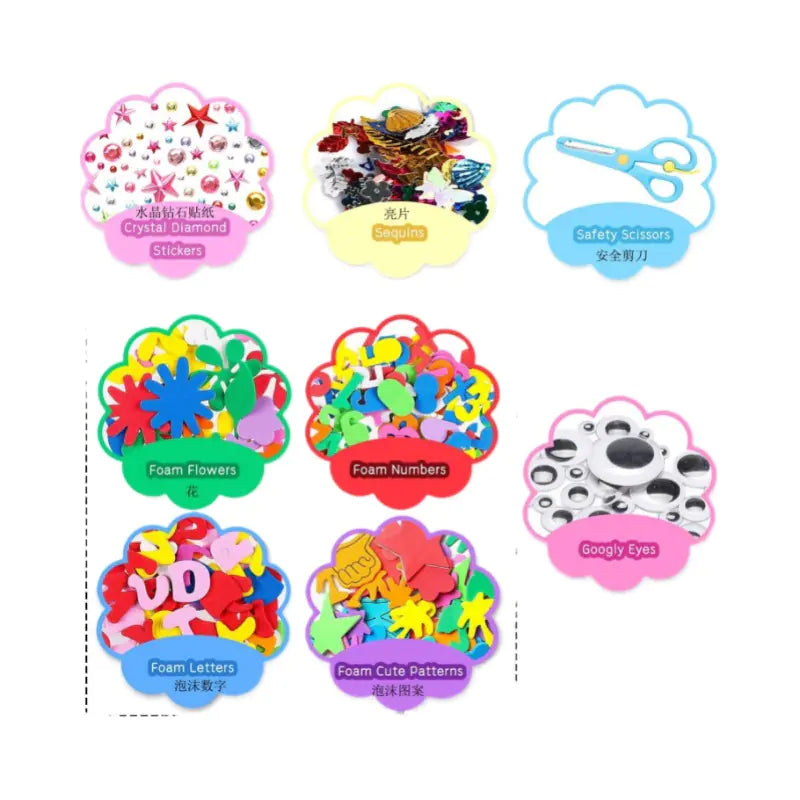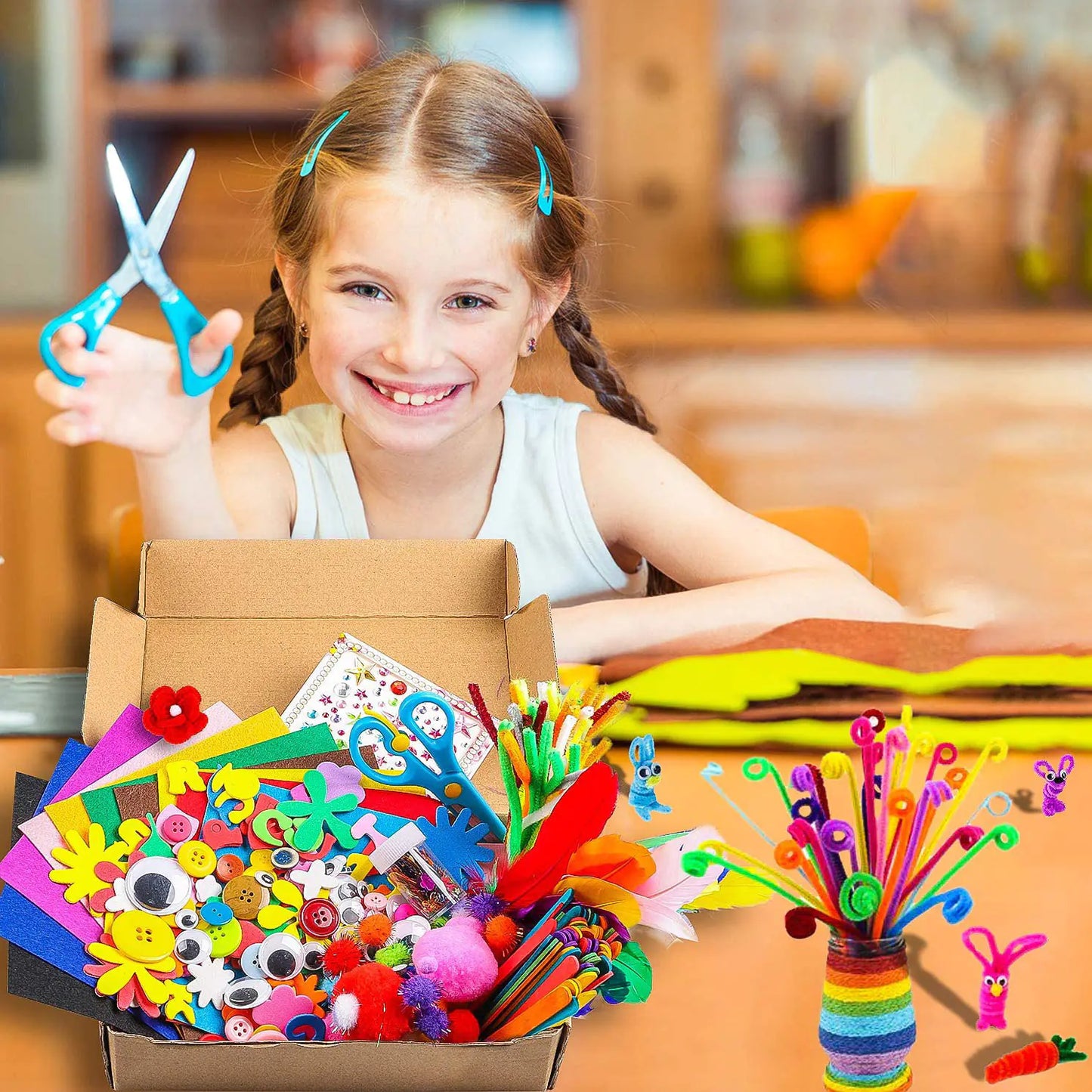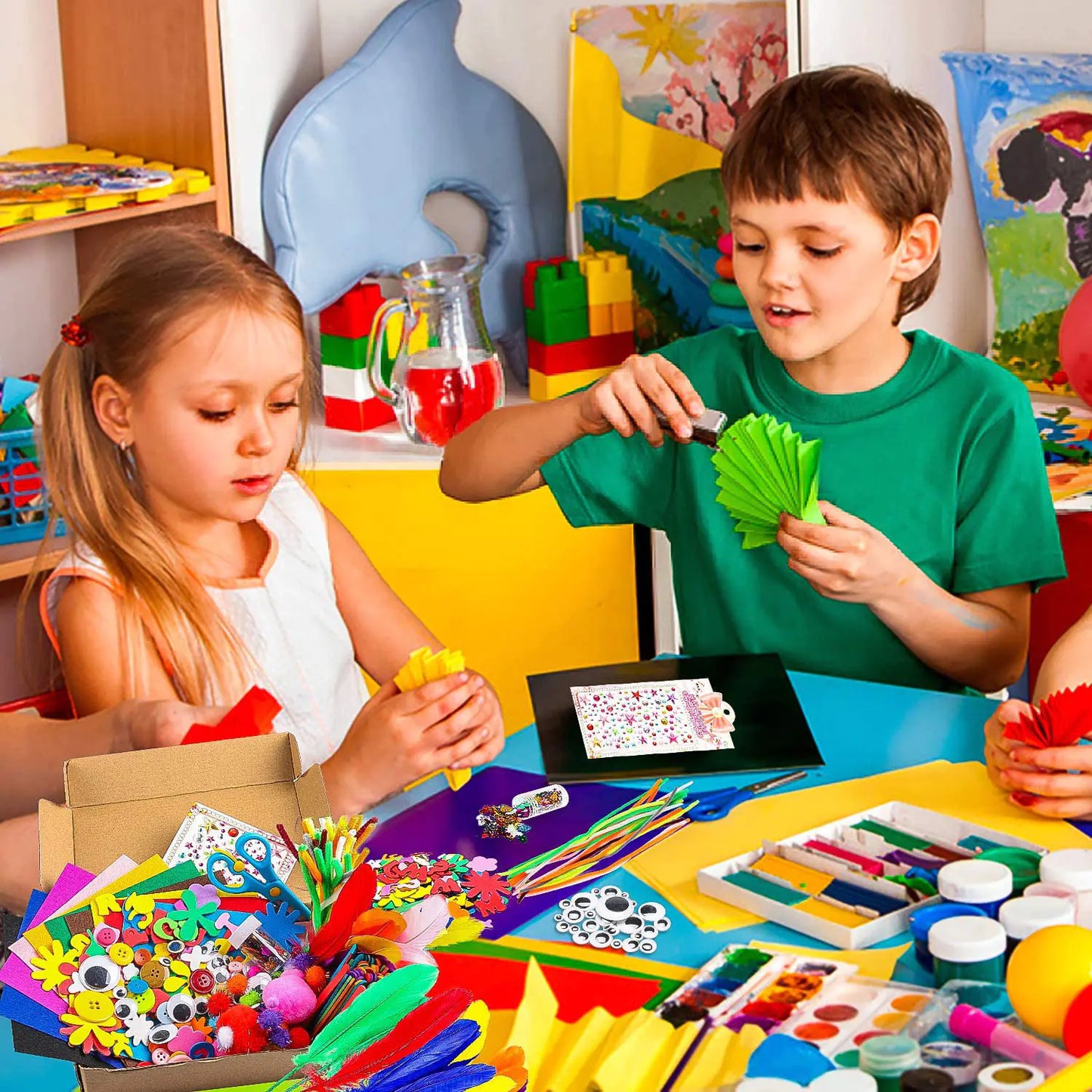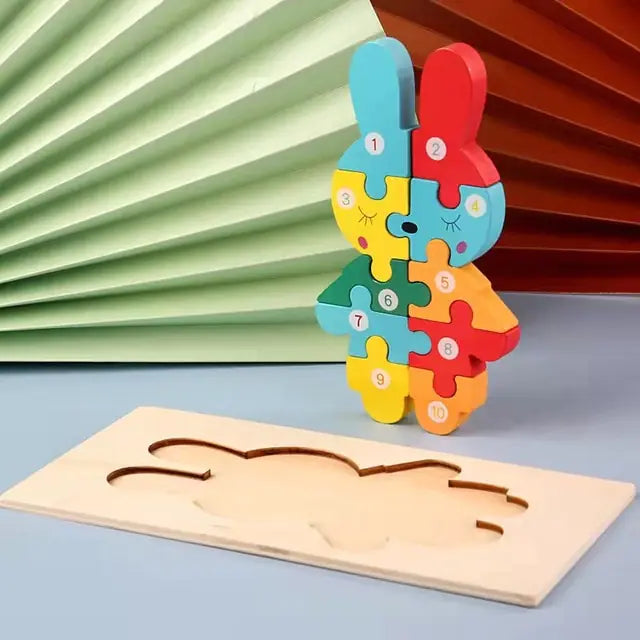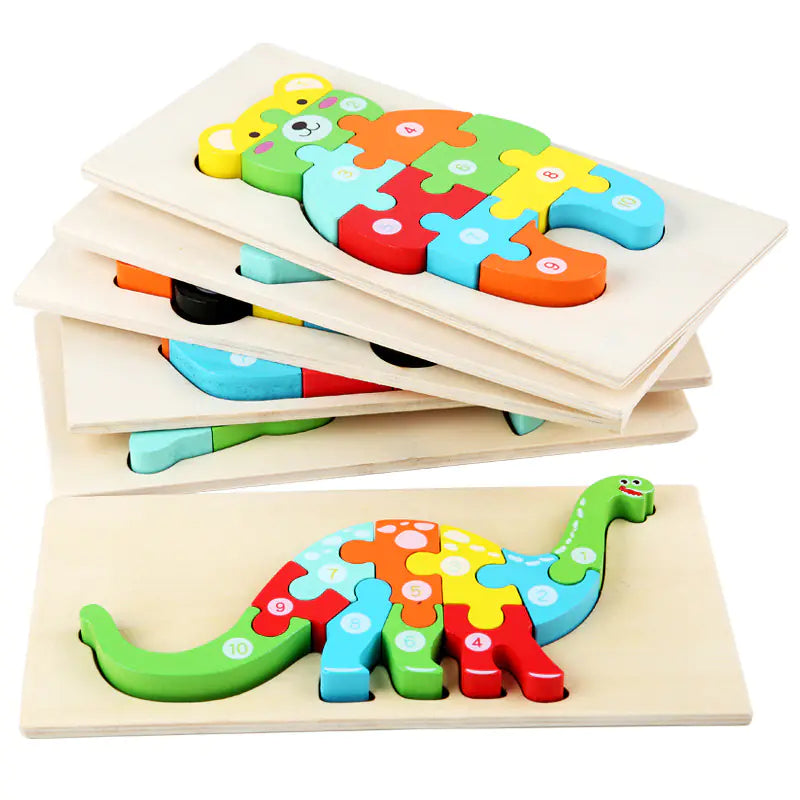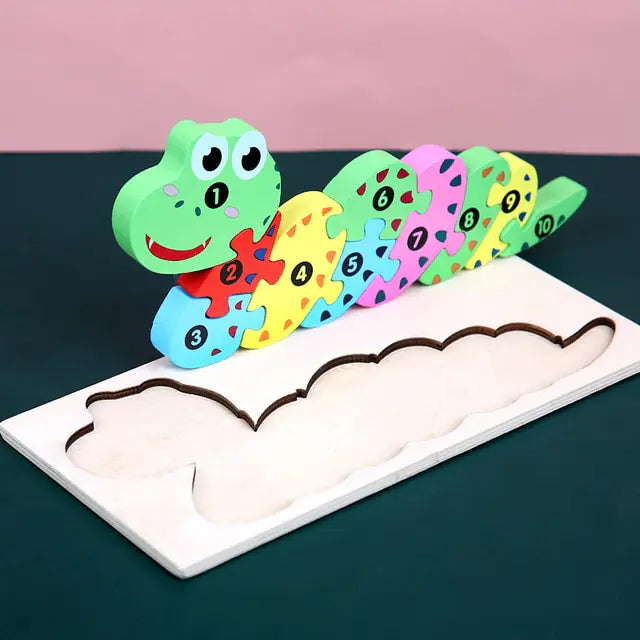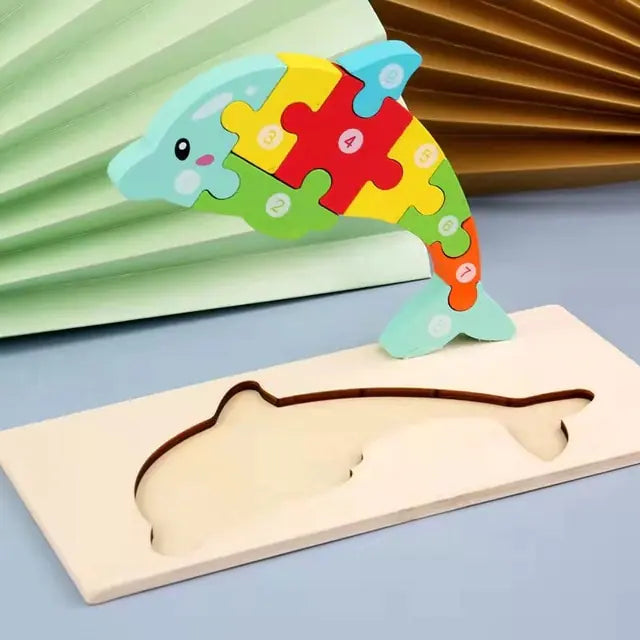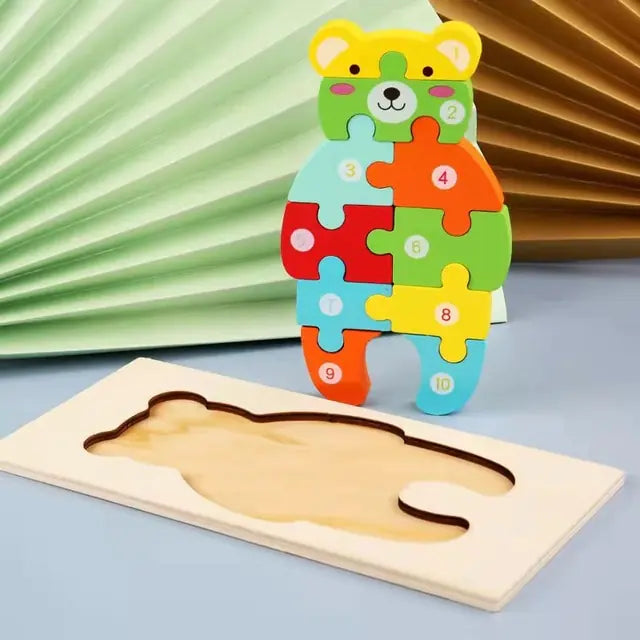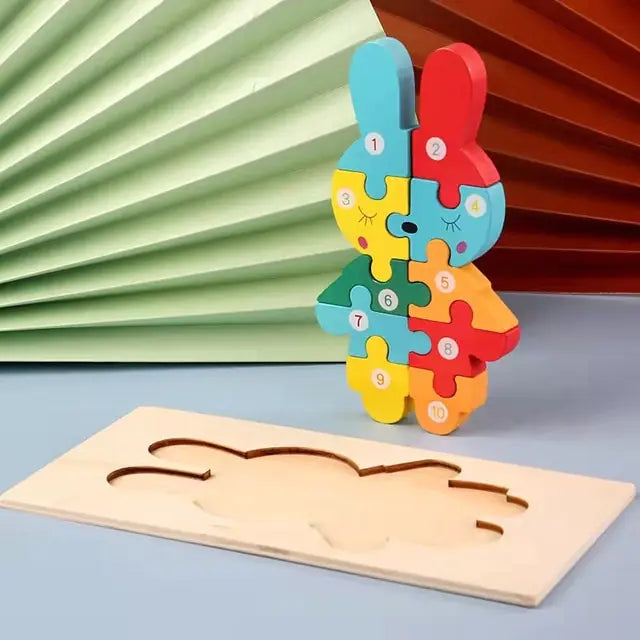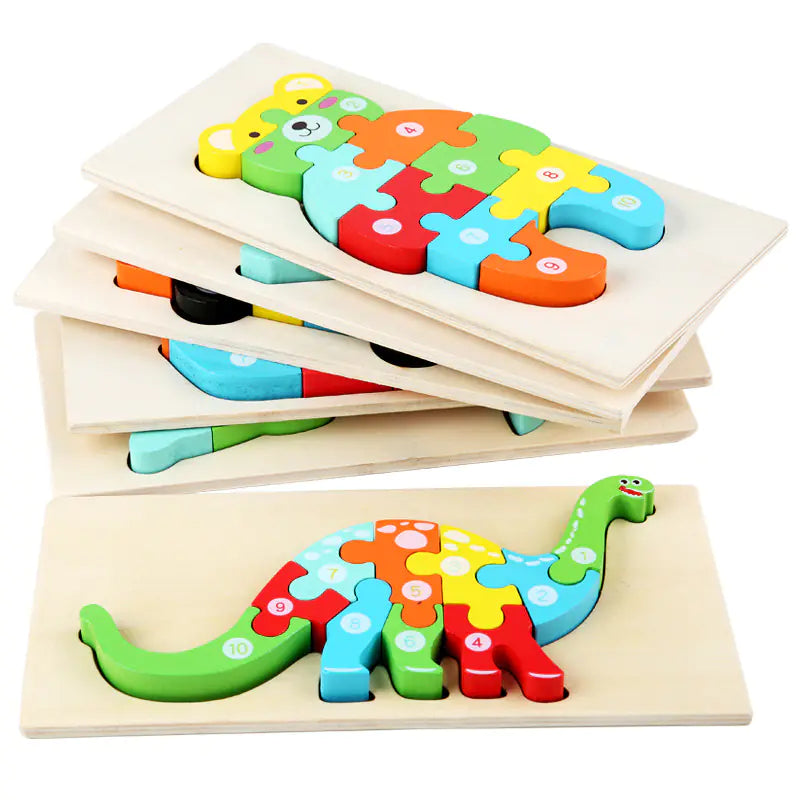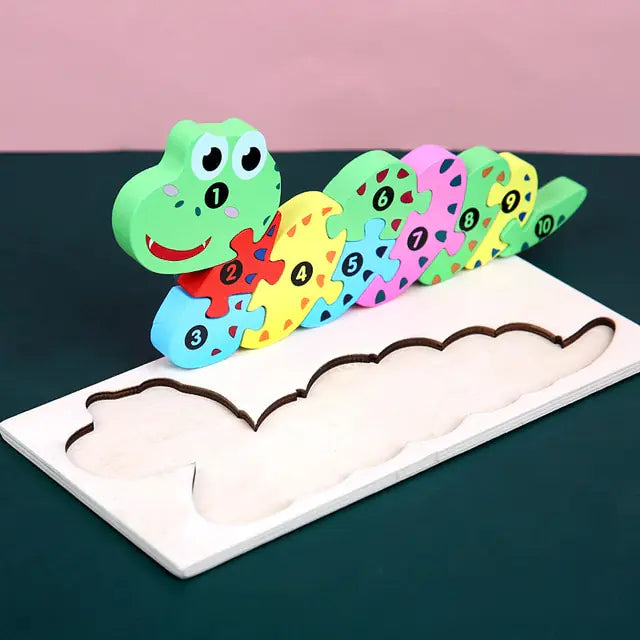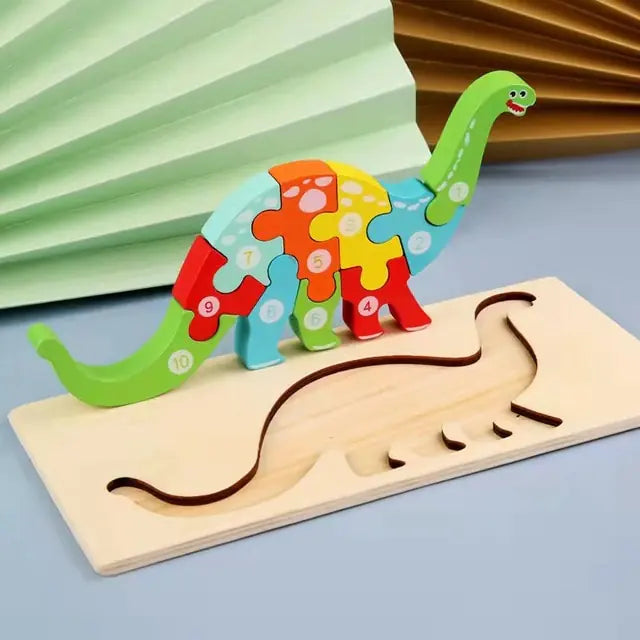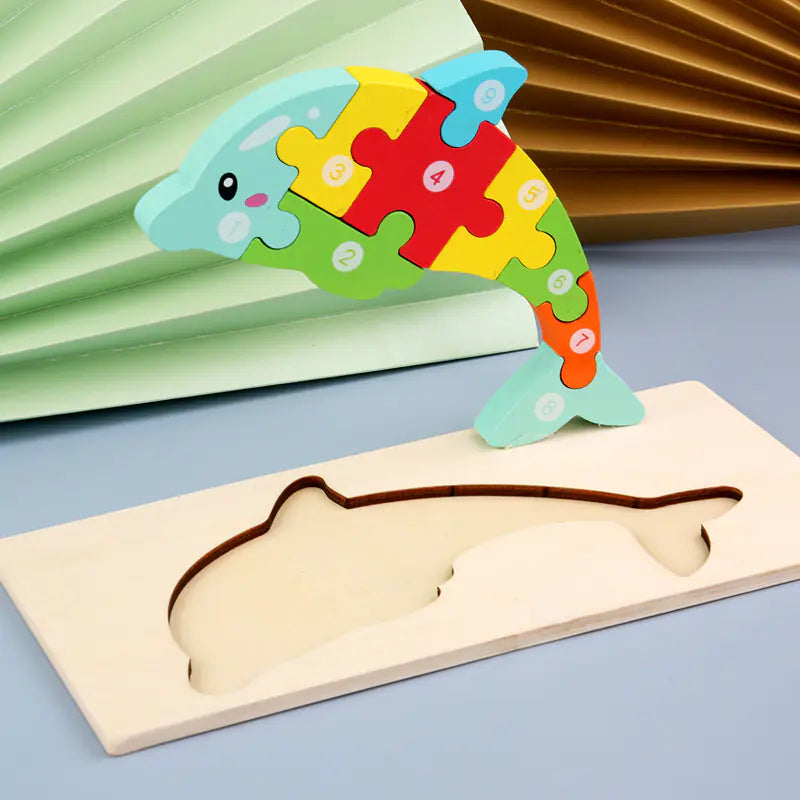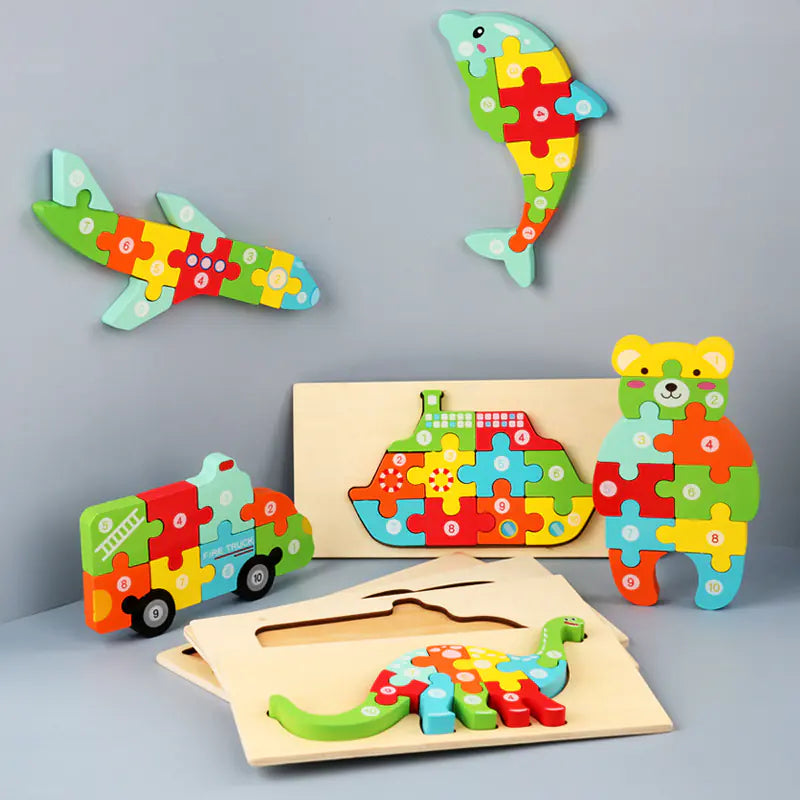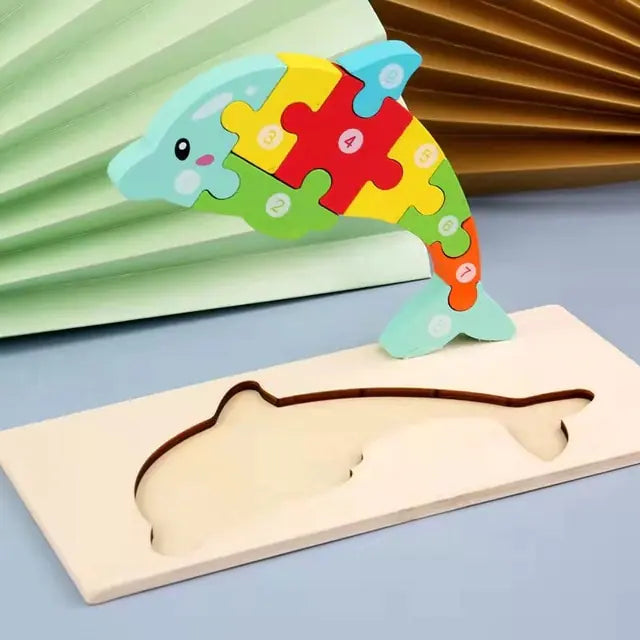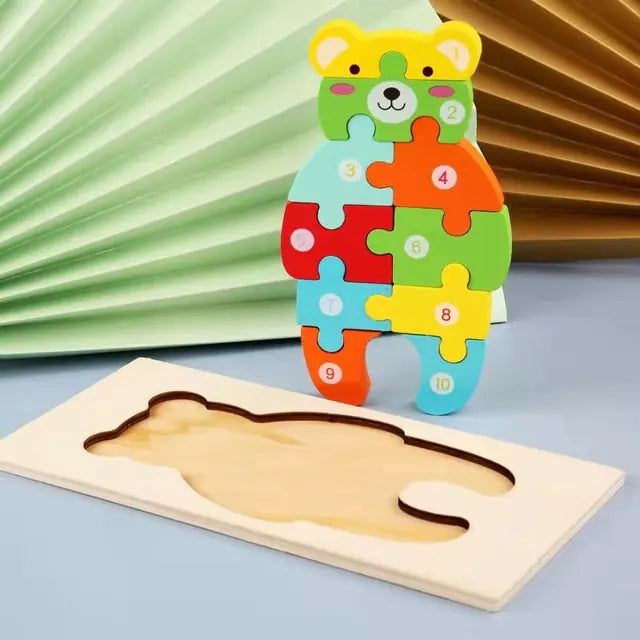We all want the best for our children. Introducing them to music-making toys is a great way to encourage their creativity and growth. Musical instruments are not only fun but also crucial for their development.
Children are naturally curious at a young age. Educational music toys let them explore sound and rhythm in a fun way. Giving your child the right tools can spark their creativity and help them appreciate music for life.
Key Takeaways
- Music-making toys support child development
- Musical instruments for kids foster creativity
- Educational music toys introduce children to sound and rhythm
- Quality products can make a difference in a child's musical journey
- Parents can trust our guidance in choosing the proper musical instruments
What Are Music-Making Toys?

Let's explore the fantastic world of music-making toys! These toys introduce kids to music, boosting creativity and skills. They are a special way to learn about music.
From ocarinas and whistles to cool kids' music toys, these toys make music fun. Kids learn coordination, creativity, and music awareness.
Definition and Examples
Music-making toys let kids create music. Examples include:
- Simple instruments like xylophones and drums
- Electronic keyboards for kids
- Interactive music games teach rhythm and melody
These toys are fun and educational. They help kids grow their musical skills and creativity.
| Type of Music-Making Toy | Age Group | Benefits |
|---|---|---|
| Simple Instruments (Drums, Xylophones) | Toddlers to Preschoolers | Develops motor skills, introduces musical concepts |
| Electronic Keyboards | Preschoolers and above | Teaches melody, rhythm, and basic music theory |
| Interactive Music Games | Toddlers to School-age | Enhances auditory skills, promotes musical exploration |
How They Differ from Regular Toys
Music-making toys are special. They engage kids in music, making them active creators. These toys are fun and educational, helping kids grow in many ways.
Choosing the right music learning toys helps kids explore music. It sets the stage for a lifelong love of music and its benefits.
Benefits of Music-Making Toys

Music-making toys are more than fun; they open a world of sound and creativity for kids! These toys help in many ways, making a big difference in a child's growth.
Cognitive Development
Playing with musical toys boosts children's thinking skills. They learn that actions make sounds, like pressing keys or strings. This helps them solve problems and remember things better.
As kids play with sounds and rhythms, they improve their ability to hear differences. This skill is key for learning a language and enjoying music.
Motor Skills Enhancement
Using kids music gadgets improves hand skills. Tapping drums or playing keyboards makes hands and eyes work together better.
Playing music also gets kids moving, like clapping or dancing. This helps their big muscles grow, making them stronger and more agile.
Emotional Benefits
Music toys let kids express their feelings through music. They can show happiness, sadness, or excitement. This way of expressing feelings is suitable for their emotional health.
"Music is the divine way to tell beautiful, poetic things to the heart." - Pablo Casals
Playing with music playsets and other toys builds confidence. Kids feel proud when they make music, which motivates them to keep exploring their musical side.
Popular Types of Music-Making Toys

Introducing kids to music can feel overwhelming. But we're here to guide you through the most popular music-making toys. There's a wide range for all ages, interests, and skill levels, ensuring every child finds something they love.
Electronic Instruments
Electronic instruments are a favorite among kids. They offer a modern, engaging way to explore music. Keyboards and digital drums let kids make many sounds and rhythms. They also have educational features like lessons and games, making learning fun.
Acoustic Instruments
Acoustic instruments, such as guitars, violins, and xylophones, provide a traditional music-making experience. These instruments help kids develop musical skills and appreciation. They also encourage exploring different sounds and techniques, deepening their connection to music.
Interactive Music Games
Interactive music games are exciting for kids. They mix music with movement or other fun elements, teaching about rhythm, melody, and timing in a fun way.
In conclusion, today's music-making toys offer many choices for parents. Whether electronic instruments, acoustic instruments, or interactive games, the goal is to spark your child's musical creativity. Find the right fit to encourage their musical journey.
Top Music-Making Toys for Toddlers

Introducing your toddler to music can be fun with the right toys! At this age, kids love exploring sounds and rhythms, and music toys help them learn and grow.
Simple Instruments for Beginners
Simple instruments are best for toddlers starting music. Xylophones and drums are great for little hands. They're easy to play and improve fine motor skills.
A colorful xylophone catches kids' eyes and encourages them to make sounds.
Engaging Musical Playsets
Musical playsets are also great for toddlers. They come with many instruments and props for exploring music. You might find keyboards, maracas, and drum sets.
Choose a durable and safe playset. It should be made from non-toxic materials and have no small parts. A good musical playset can spark creativity and a love for music.
Best Music-Making Toys for Preschoolers

Preschool is a great age for introducing kids to music-making toys. These toys are both fun and educational, helping kids learn musical concepts through play. We'll look at some top picks to help you find the best music-learning toys for your child.
Fun and Educational Instruments
Preschoolers love instruments that are fun and teach them something. Kid-friendly guitars and keyboards are perfect for this. They teach about melodies and rhythms. These musical toys help kids love music and improve their thinking skills.
Some popular options include:
- Simple drum sets that help develop motor skills
- Xylophones that introduce musical notes
- Electronic keyboards with educational features
Creative Musical Sets
Creative musical sets are great for preschoolers to explore music. They come with many instruments for kids to try out. These kids music gadgets spark creativity and keep kids busy for hours.
When picking a musical set, look for ones with lots of instruments. Make sure they're safe and durable. This way, your child can make music safely and enjoyably.
Introducing Music to Babies

You can start your baby's musical journey earlier than you think. It's easier than you might imagine. Introducing music to babies can be a delightful experience. It fosters their development and creates a lifelong appreciation for music.
Sounds and Sensory Play
Babies are naturally drawn to sounds. Sensory play is a great way to introduce them to music. Interactive music toys that produce different sounds when touched or moved can captivate your baby's attention. They encourage exploration.
Some ideas for sounds and sensory play include:
- Soft musical instruments, like xylophones or drums, are designed for little hands
- Music toys with different textures and colors to stimulate the visual and auditory senses
- Playing various types of music and observing your baby's reactions
Safe Music Tools for Infants
When introducing music to your baby, safety is key. Educational music toys designed for infants are made with safety in mind. They use non-toxic materials and are designed to be durable.
Some safe music tools for infants include:
- Soft, fabric instruments that are gentle on little hands and safe for the mouth
- Musical mobiles or toys with soothing sounds and lights
- Baby-friendly musical instruments, like baby drums or maracas, are designed for sensory exploration
By introducing your baby to music through sounds, sensory play, and safe music tools, you're not only improving their auditory development. You're also laying the groundwork for a lifelong appreciation of music. Musical instruments for kids can be an excellent way to encourage this development from an early age.
Encouraging Creativity with Music

We want our kids to be creative, and music is a great way to help. It encourages them to express themselves and think creatively. By giving them the right tools and environment, we can help them discover their musical talents.
"Music is the divine way to tell beautiful, poetic things to the heart." - Pablo Casals. This quote shows how music touches our lives and boosts creativity.
"Music is the divine way to tell beautiful, poetic things to the heart."
Improvisation and Free Play
Improvisation and free play are key to fostering creativity through music. When kids get to play with different sounds and instruments, they find their voice. Music-making toys that let them improvise are beneficial.
For example, simple instruments like xylophones or drum sets can inspire kids to make their music. These kids' music gadgets are fun and teach them about rhythm, melody, and harmony.
Structured vs. Unstructured Music Play
While free play is essential, structured music activities also have a role. Structured play can include learning a rhythm, a simple song, or fundamental music theory. Music playsets with instructional materials are great for this.
But it's vital to balance structured and unstructured play. Too much structure can limit creativity, while too much freedom can lead to a lack of focus. By mixing both, we give our kids a well-rounded musical experience.
Ultimately, we aim to make music a joyful part of our kids' lives. We want to encourage their creativity and help them appreciate the arts for life.
Music-Making Toys for Different Ages

Children grow, and their musical needs change. They need different music-making toys at each stage. Finding the right musical toys for children can be tough for parents, but knowing what toys fit each age group is key.
Infants
Infants should play with toys that help them explore sounds. Look for soft, colorful toys that make gentle sounds. These music learning toys help infants learn about music and sounds.
Toddlers
Toddlers love to explore and make music. Simple instruments like xylophones, drums, and maracas are great. These educational music toys are fun and help with motor skills and creativity.
Preschoolers
Preschoolers can start with more complex instruments. Keyboards or kid-friendly drum sets are good choices. These musical toys for children spark creativity and teach basic music concepts.
Beyond Preschool
As kids get older, their musical interests grow. Introduce instruments like guitars, violins, or advanced keyboards. At this age, music learning toys with lessons or guides are beneficial.
A famous music teacher says, "Music education is vital for kids' brains. The right music toys can start a lifelong love for music." This shows why picking the right educational music toys is so important.
Understanding what each age needs and choosing the right music toys helps. It creates a space where kids can explore and be creative with music.
How to Choose the Right Music-Making Toy

Finding the perfect music-making toy for your child is a fun task. With many options, thinking about a few critical things is key. This ensures you pick the best toy for your little musician.
Age Appropriateness
First, check if the toy fits your child's age. Music-making toys have age ranges for a reason. Toys for older kids might have small parts dangerous for toddlers, and toys for younger kids might be too easy for older ones.
Always check the manufacturer's age guidelines. This will help ensure that the toy is appropriate for your child's age and stage of development.
Educational Value
A great music-making toy should teach something. Search for toys that teach musical concepts like rhythm or melody. Some toys make learning music theory fun and engaging.
This helps your child love music more and improves their thinking skills.
- Toys that introduce different musical instruments
- Instruments that teach rhythm and timing
- Toys that encourage experimentation with sound
Durability and Safety
Music-making toys get a lot of use, so they need to be tough. Durability is significant. Safety is a top priority. Make sure the toy is safe and doesn't have harmful parts.
Thinking about these points helps you find a fun and good toy for your child. Whether an interactive or a simple toddler music toy, the right choice will significantly help their musical journey.
Combining Music with Other Activities

When we mix music with other activities, kids get a rich sensory experience. This mix boosts their creativity and makes things more fun.
Music and Movement
Music and movement together are super good for kids. It lets them show off their physical skills while listening to music they love. Try using kids music gadgets like drum sets or maracas to get them moving!
Activities like clapping, marching, and dance routines can be simple or more complex. They help their motor skills and build their confidence.
Music and Art
Music and art together can spark creativity. Play different music while your child draws or paints. It might inspire them to make art that shows the music's mood or rhythm.
Using music playsets or musical instruments for kids with art supplies is great. For example, please have your child draw while listening to music, then talk about how the music affected their art.
Mixing music with other activities gives kids a richer, more engaging experience. It's all about finding new ways to make music a big part of their day!
The Role of Music in Child Development

Music is a powerful tool for children's growth. It's more than just fun; it's essential for their development.
Music helps kids learn social skills. They learn to work together, share, and take turns through music. For example, being in a school choir or band teaches teamwork.
Social Skills
Music activities boost children's social skills. They learn to communicate, express feelings, and understand others. They also have a chance to meet others with similar interests.
A study showed music programs improve social skills. Kids in these programs do better in cooperation and empathy than those without.
| Social Skill | How Music Helps |
|---|---|
| Cooperation | Group music activities encourage teamwork. |
| Empathy | Understanding and expressing emotions through music. |
| Communication | Singing or playing instruments together improves interaction. |
Language Development
Music also boosts language skills in kids. Singing and playing music introduce phonology, vocabulary, and grammar. This early exposure is key for language skills.
"Music is the divine way to tell beautiful, poetic things to the heart." - Pablo Casals
Studies show that music training helps with language. It improves sound recognition and mimicry, vital for reading and writing.
Using educational music toys and musical toys for children daily supports language and social skills. These tools make learning fun and support overall development.
Incorporating Technology in Music Toys

Today's music toys use technology to give kids a deeper experience. This change lets kids dive into music in new ways. Now, toys are not just fun; they also teach kids about music.
Music Apps and Toys
Music apps and toys are getting more popular. They offer cool ways for kids to make music and learn. Interactive music toys that work with phones or tablets are a hit. They mix old-school fun with new tech.
For example, there are music keyboards that light up to show kids where to put their fingers or drumming toys that play along with songs. These kids' music gadgets make learning music fun and help kids improve at it.
Balance Between Digital and Physical
It's key to balance digital and real music experiences. Physical instruments like guitars or drums give a hands-on feel. They help kids develop their fine motor skills and connect with the music.
However, digital tools offer flexibility, and it sounds hard to achieve with real instruments. Mixing digital and physical tools helps kids learn music fully. It's about finding the right mix for your child and encouraging them to try different music-making methods.
As we add tech to music toys, let's keep them fun and educational. This way, we can help kids love music for years to come.
Creating a Music-Friendly Environment

Creating a space for music can change your child's musical journey! Setting aside a music area encourages your child to try different instruments. This space becomes a place for creativity and self-expression, helping your child grow musically and personally.
Setting Up a Music Space
When setting up a music space, consider the room's acoustics. You want the space to be comfy and inviting. Start with the basics: a good music player or a simple instrument. Then, add more instruments and music playsets as your child becomes more interested.
Tips for Encouraging Musical Exploration
Encouraging your child to explore music is fun and rewarding. Here are some tips to get you started:
- Introduce a variety of musical instruments for kids to experiment with.
- Engage in musical activities, such as singing or playing simple instruments.
- Make music a part of your daily routine, whether during playtime or while doing chores.
- Encourage improvisation and creativity, allowing your child to explore different sounds and rhythms.
| Aspect | Considerations | Benefits |
|---|---|---|
| Acoustics | Room size, furniture, and soundproofing | Better sound quality, reduced echo |
| Comfort | Seating, lighting, temperature | Increased time spent in music space, enhanced enjoyment |
| Instruments | Variety, age appropriateness, and quality | Encourages exploration, develops musical skills |
Parent Involvement in Music Play
Music-making toys are great for kids, and parents play a significant role. By getting involved, you can help your child love music forever. This is a chance to support their creativity and musical growth.
Engaging with Your Child's Music
Play music with your child using toys like drum sets or xylophones. This fun activity strengthens your bond and boosts their confidence. Many musical toys make playing music a fun team effort.
Supporting Their Musical Interests
As your child grows, their musical tastes might change. Support their new interests with different music gadgets and instruments. Whether they like electronic or acoustic music, there's a wide range of toys to explore.
